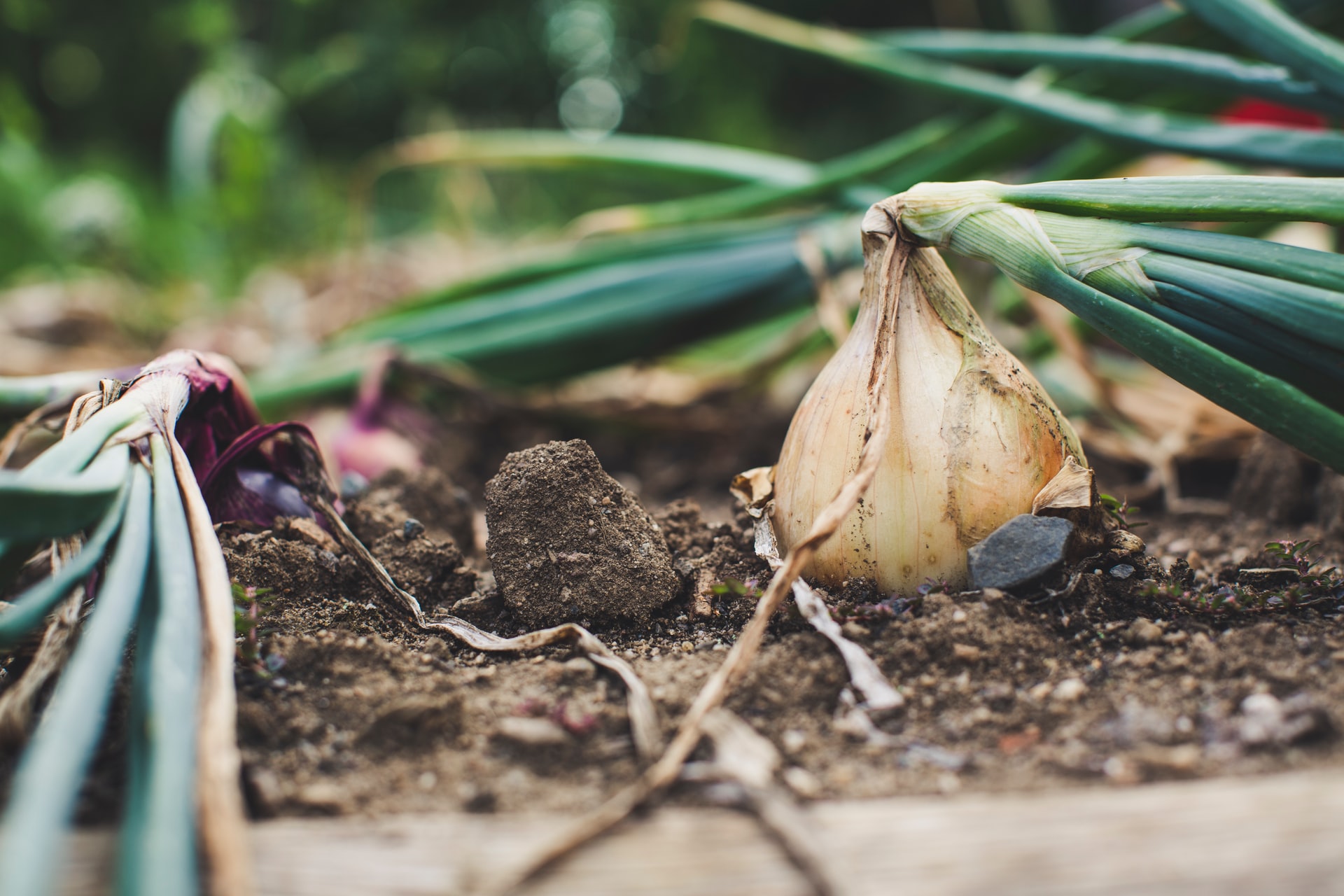Onion seeds are rich in oils, which causes them to swell slowly, thus prolonging the germination process. The minimum temperature for germination is 2°C, but most viable seeds will sprout at temperatures between 13°C and 28°C. However, if temperatures drop below -2°C during germination and early growth and persist for more than 2 days, the young crop will be damaged.
The optimal temperatures for vegetative growth range from 6°C to 20°C. Growth halts at temperatures below 6°C and above 27°C. The roots are most sensitive to low temperatures but possess the ability to regenerate. The size of the bulbs depends on the number and size of the leaves, while the yield also depends on the plant density (number of plants per unit area). With a higher number of plants per unit area, the bulbs are smaller, but the yield increases.
Bulb development is also influenced by the length of the day. Cultivars have been selected for long, medium, and short days to adapt to different geographical latitudes. All well-structured soils with favorable air and water capacity, as well as fertile soils rich in humus, are suitable for onion cultivation. However, onions prefer lighter soils, such as sandy loams or loamy sands.
Onions are sensitive to alkaline soil reactions, meaning a soil pH greater than 7, with the optimal pH being between 6 and 7. Soil pH can be measured with a pH meter, which indicates the exact pH of the soil.
Choosing a Location for Onion Cultivation
All well-structured soils with favorable air and water capacity and fertile soils rich in humus are suitable for onion cultivation. However, onions prefer lighter soils, such as sandy loams or loamy sands.
Onions and other crops from the Liliaceae family should not be grown on the same plot for up to 5 years due to the numerous shared diseases and pests. Good predecessor crops for onions include wheat, barley, oilseed rape, and clovers for summer sowing or autumn planting, or potatoes and beans for spring planting. Oats and rye should be avoided as predecessor crops because they are attacked by the same pests. The distance between onion plots should be at least 300 meters to prevent the spread of diseases.













































